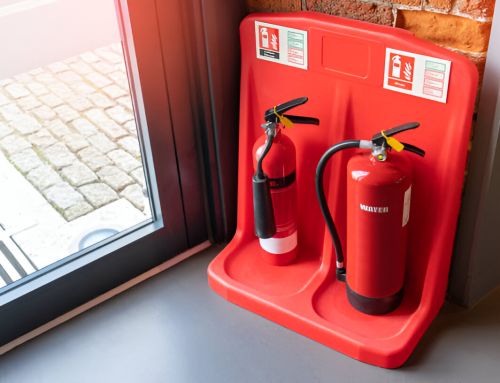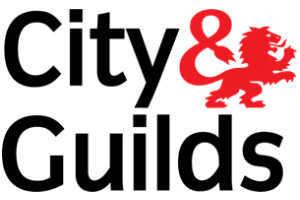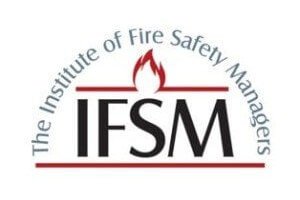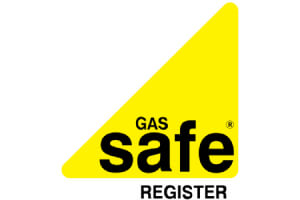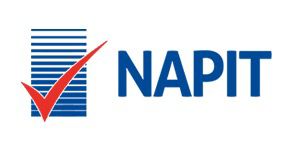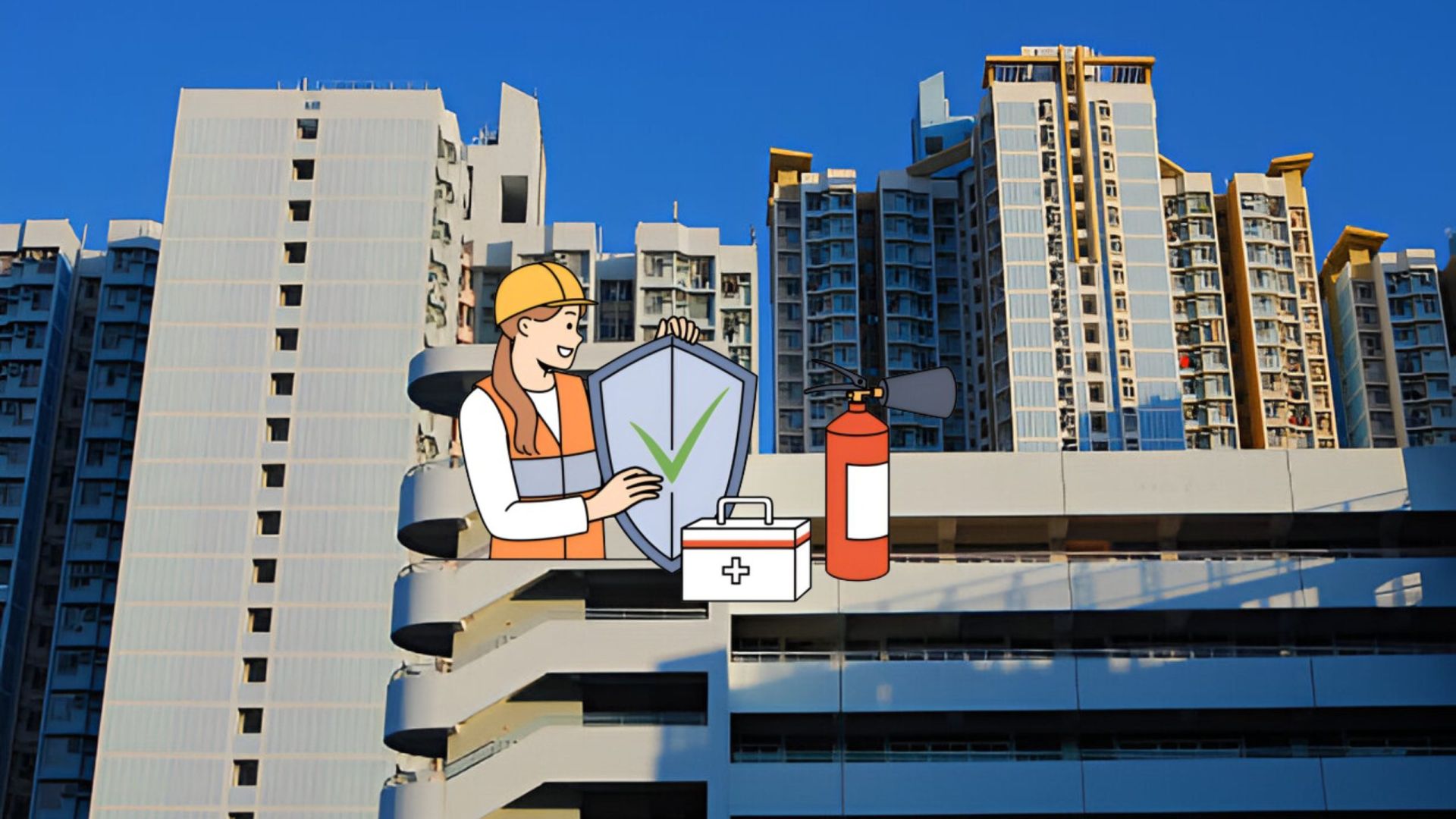
Amid our daily routines, we often overlook the potential dangers lurking within the structures we inhabit. Imagine the peace of mind that comes with knowing your building is thoroughly assessed for fire risks.
But what if I told you that this assessment goes beyond just compliance? Understanding the critical components of fire risk assessments can enhance safety measures and create a secure environment for all occupants. Let’s explore Why Every Building Desperately Needs a Comprehensive Fire Risk Assessment.
Understanding Fire Risk Assessments
Understanding Fire Risk Assessments involves a detailed review of a building to evaluate potential fire hazards and safety measures. The Benefits include improved building safety through Risk identification and mitigation. Safety protocols and emergency planning enhance Occupant safety.
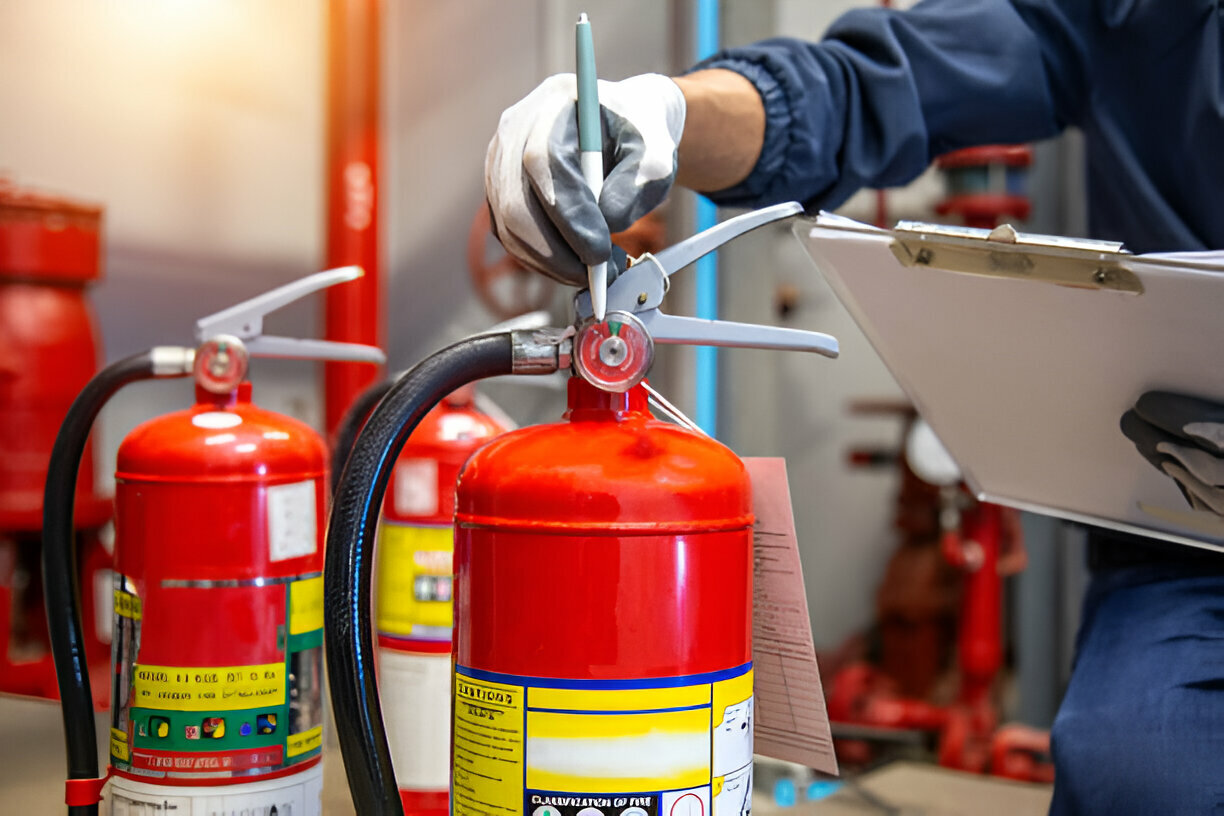
Why Every Building Desperately Needs a Comprehensive Fire Risk Assessment
Assessments are crucial for preventing fire hazards and implementing effective prevention measures. Building safety is prioritized through the identification of risks and the development of tailored risk mitigation strategies. By recognizing potential dangers and establishing emergency response plans, Fire Risk Assessments play a vital role in safeguarding lives and property.
Regular assessments ensure that safety measures are up to date and adequate, ultimately reducing the likelihood of fire incidents and minimizing their impact.
Legal Guidelines and Responsibilities
Legal guidelines and responsibilities dictate the mandatory requirement for buildings with five or more regular occupants to have a written fire risk assessment. Compliance requirements ensure adherence to legal obligations concerning building safety.
Responsible individuals, such as the designated fire safety officer, play a crucial role in overseeing risk mitigation measures. It’s essential to conduct periodic reviews to assess the effectiveness of the current assessment and update it accordingly.
Failure to comply with these regulations can lead to severe penalties, including fines or legal prosecution. Therefore, maintaining an up-to-date fire risk assessment isn’t only a legal obligation but also a critical step in ensuring the safety of occupants and the building as a whole.
Accessing and Requesting Assessments
To access and request fire risk assessments for buildings, occupants can contact the Responsible Person designated for fire safety tasks. As occupants, it’s crucial to understand your rights regarding fire risk assessments.
The process involves reaching out to the Responsible Person to access existing assessments or request a new one if none exists. Should concerns arise regarding the assessment or its recommendations, there are escalation steps available, such as contacting the local fire service.
The Responsible Person plays a key role in facilitating assessment access and ensuring that the building’s fire safety measures are up to standard. By following the request process and understanding the importance of assessments, occupants can contribute to maintaining a safe environment within the building.
Conducting and Updating Assessments
When conducting fire risk assessments for buildings, it’s essential to ensure that the assessor is competent and capable of accurately assessing factors and documenting findings clearly. Assessment best practices dictate that the assessor should possess the necessary skills to identify and evaluate potential risks effectively.
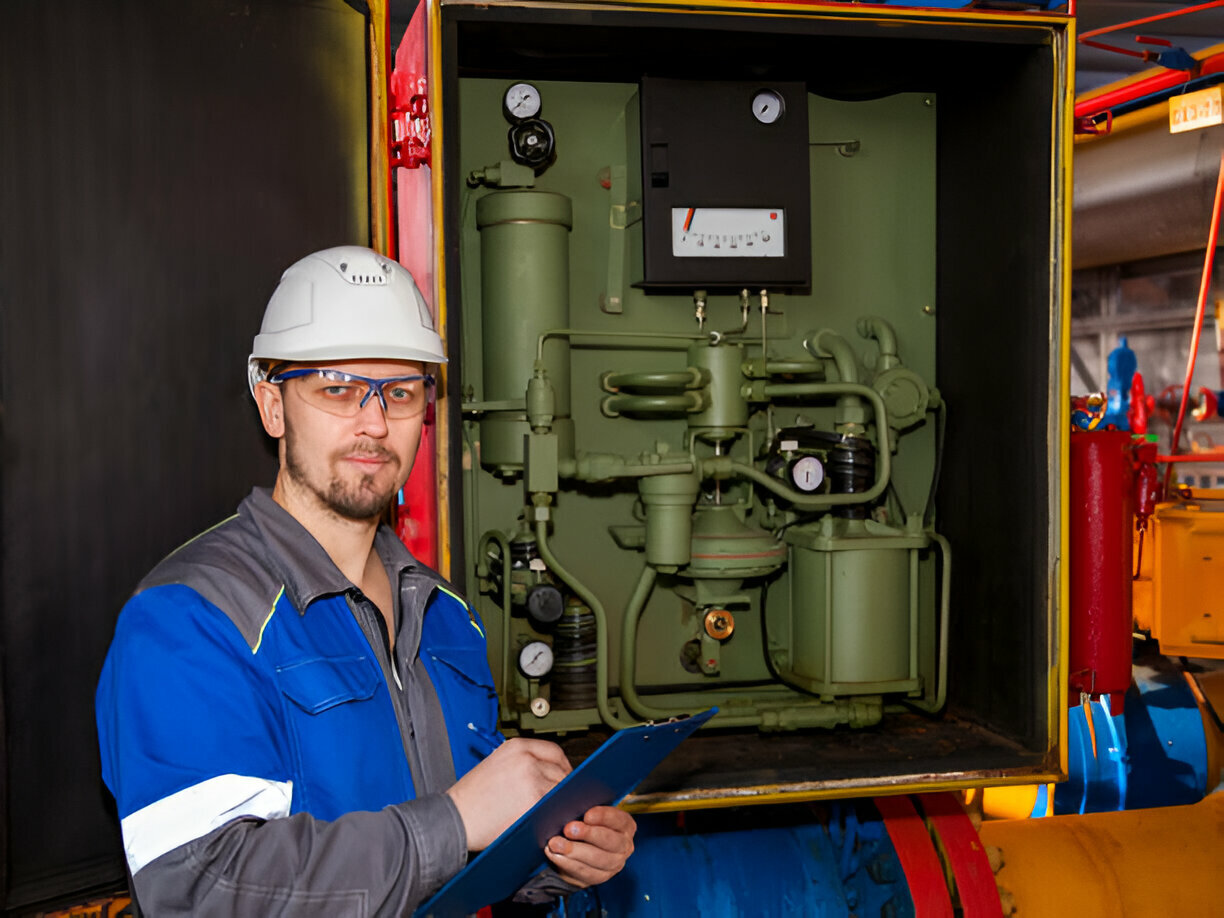
Conducting and Updating Assessments
Assessing new risks that may arise due to changes in building layout or occupancy is crucial for maintaining safety standards. Continuous improvement is achieved through regular updates of safety measures based on evolving risks and mitigation strategies. Updating safety measures promptly ensures that the assessment remains relevant and effective in enhancing fire safety protocols within the building.
Penalties and Review Process
Upon reviewing the fire risk assessment, penalties for non-compliance can include prosecution, severe fines, and potential prison sentences for those who lack a comprehensive fire risk assessment. Compliance consequences are severe, with legal ramifications impacting those who fail to adhere to fire safety regulations. Assessment repercussions extend beyond monetary fines, affecting the reputation and operational capabilities of the building.
Non-compliance penalties underscore the importance of conducting a thorough review process to assess the severity of fire risk factors accurately. The review severity varies based on the complexity and nature of the building, with legal implications for inadequate assessments. Understanding the gravity of these consequences emphasizes the critical need for a meticulous and up-to-date fire risk assessment process.
Frequently Asked Questions
What Are the Common Challenges Faced During a Fire Risk Assessment Process?
During a fire risk assessment process, common challenges include training issues, limited resources, communication barriers, compliance difficulties, evacuation plan complexities, ensuring emergency protocols, safety equipment suitability, meeting building regulations, effective risk mitigation, and optimizing incident response strategies.
How Can Building Owners Ensure That Fire Risk Assessments Are Effectively Communicated to All Occupants?
To ensure effective communication of fire risk assessments to all occupants, building owners should implement clear communication strategies, educate occupants on safety protocols, conduct regular emergency drills, mitigate risks proactively, and update safety measures accordingly.
Are There Specific Industries or Building Types That Require More Specialized Fire Risk Assessment Considerations?
In specialized industries like industrial complexes or educational institutions, fire risk assessments need tailored considerations due to unique hazards. High-rise buildings and historical landmarks require meticulous assessment of complex structures and preservation concerns for effective fire safety measures.
How Does the Size and Layout of a Building Impact the Complexity of a Fire Risk Assessment?
The size and layout of a building significantly influence the complexity of a fire risk assessment. Large buildings pose challenges in communication, require in-depth analysis of evacuation routes, fire detection coverage, and may necessitate specialized risk assessment strategies for optimal safety implementation.
What Are Some Innovative Technologies or Strategies Being Used to Enhance Fire Risk Assessments in Modern Buildings?
I utilize virtual reality for simulations, machine learning for data analysis, IoT sensors for real-time monitoring, drones for inspections, and thermal imaging for heat detection. These technologies enhance precision, efficiency, and safety in modern fire risk assessments.
Conclusion
In conclusion, conducting thorough fire risk assessments isn’t only a legal requirement but a moral imperative to ensure the safety and well-being of building occupants.
By identifying potential risks, developing effective safety plans, and regularly updating assessments, we can proactively mitigate the devastating impact of fires.
It’s crucial for every building, regardless of its size or purpose, to prioritize fire safety through comprehensive risk assessments to prevent unforeseen dangers and save lives.



